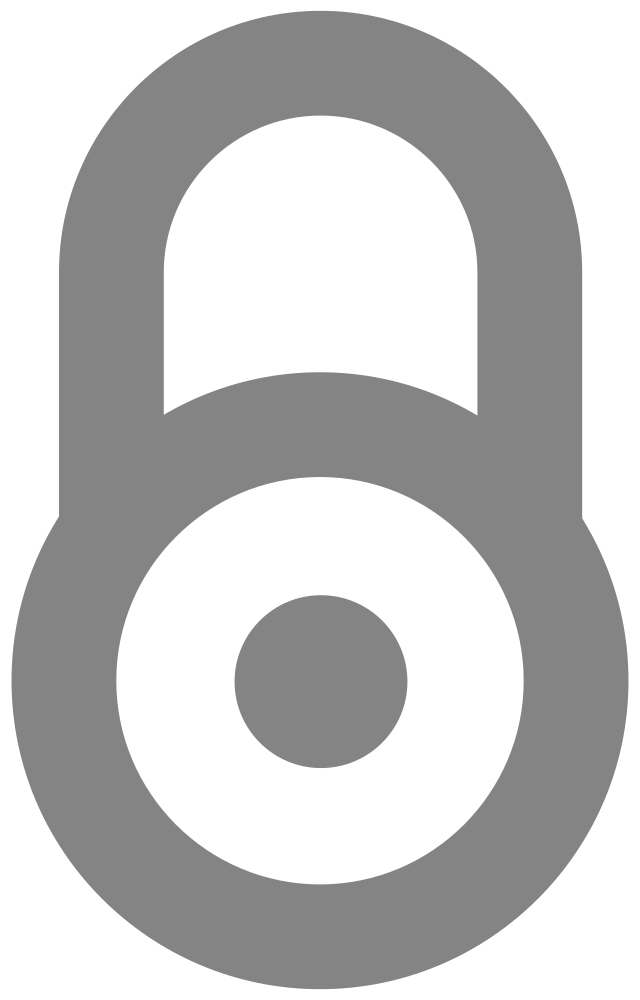| Abstract |
Purpose: The purpose of this proof-of-principle study was to determine the extent to which concurrent tracking in a visuomotor rotor pursuit task is a feasible task for inferring the attentional load of clinical speaking tasks. The central predictions of the concurrent dual-task paradigm suggest that participants would exhibit performance change on a visuomotor rotor pursuit task during concurrent speech task performance, particularly when performing an attention-demanding speech task.
Method: Twenty-five participants performed common speech clinical assessment tasks that included syllable repetition, sentence repetition, counting forward by one, or serial subtraction by three, which requires a higher working memory load. All speech tasks were performed as a single-task and under dual-task conditions with a concurrent visuomotor rotor pursuit task. Results: Compared to performing the attention-demanding visuomotor rotor pursuit task as a single-task, participants exhibited clear reductions in tracking accuracy (percent time-on-target) when performing under dual-task conditions with a concurrent speech task. A significantly greater reduction in tracking accuracy was observed during dual-task performance with a serial subtraction task than during the more automatic speaking tasks that involved repetition and counting forward. Conclusion: These data suggest that dual-task performance of even repetitive speaking tasks introduces an attentional demand that is reflected in dual-task performance of a concurrent visuomotor rotor pursuit task and that this interference may be greater for speech tasks that require more cognitive resources. |
| Authors |
Zoe Kriegel   , Jason A. Whitfield , Jason A. Whitfield 
|
| Journal Info |
Taylor & Francis | Speech, Language and Hearing , pages: 1 - 13
|
| Publication Date |
2/19/2024 |
| ISSN |
2050-571X |
Type |
article |
| Open Access |
closed

|
| DOI |
https://doi.org/10.1080/2050571x.2024.2317027 |
Keywords |
Eye Tracking (Score: 0.561558) , Sensorimotor Learning (Score: 0.528534) , Cognitive Load (Score: 0.522916) , Visuomotor Integration (Score: 0.515922) , Head Gesture Recognition (Score: 0.50786)
|